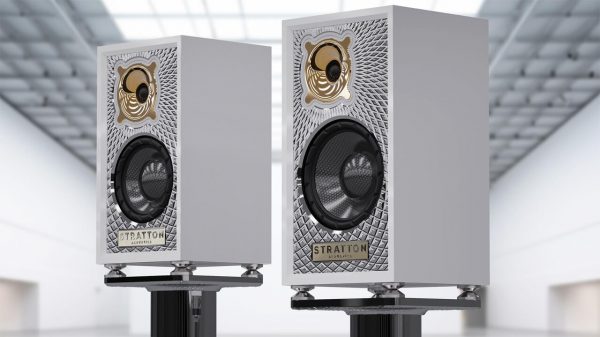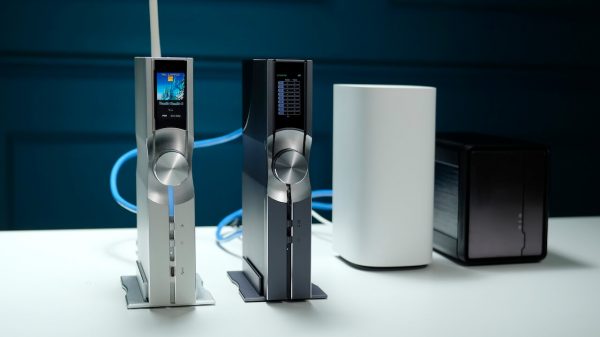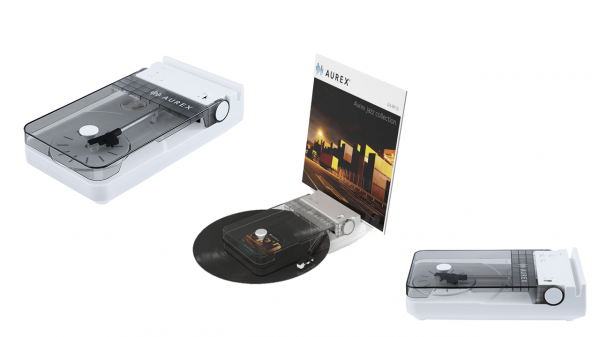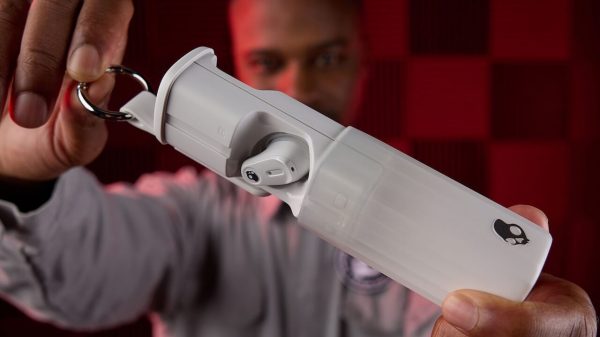Study Concludes With Call To Action for Industry To Promote General Public Alert Awareness
Arlington, Va., November 17, 2004 – Eighty-two percent of U.S. adults say having Public Alert capable consumer electronics (CE) devices are important and two-thirds are interested in owning a Public Alert device, the Consumer Electronics Association (CEA) found in a recent survey, Public Alert Interest and Awareness. CEA defines Public Alert as a consumer electronics product providing direct access to government emergency information 24-hours-a-day, with the ability to prompt users automatically with various types of audio and visual cues.
“Public Alert device capabilities resonate with American consumers, particularly features like battery back-up and aides to the visually and hearing impaired,” said CEA President and CEO Gary Shapiro. “These devices are sophisticated enough to recognize specific alerts for particular geographic regions, while monitoring emergency conditions at the state and national levels. That appeals to today’s consumers. In fact, when faced with two products that are similar in every way but one, Public Alert capability, 86 percent of U.S. adults will buy the device with Public Alert.”
The CEA survey also found that consumer awareness of All-Hazards and weather radios is unchanged since 2002. CEA attributes this finding to a lack of education and promotion by the industry. Despite having no change in awareness, household penetration of All-Hazards and weather radios has increased significantly from 13 percent in 2002 to 17 percent today. Public Alert devices are new to the market and, therefore, sales statistics are not yet available.
Public Alert devices are working around the clock to make sure that Americans have direct access to government emergency information, including those related to weather, bio hazards, terrorism and more. They receive 24-hour commercial-free transmissions from the government. Some 97 percent of the U.S. population has full alert access. This means when an emergency hits, be it weather (flood, hurricane, tornado), chemical, nuclear or terrorist, the local, state or federal government can send out a special signal to any geographic area that will then activate the audio or video (depending on the device features) alerting Americans about the danger.
More information about the features and benefits of Public Alert devices is available in a CEA white paper titled “Public Alert: Delivers Emergency All-Hazard Warnings, Everywhere, All the Time.” To view the paper online visit www.CE.org/publicalert.
CEA Market Research fielded the Public Alert telephone survey to a random national sample of 1,014 U.S. adults in September 2004 in order to determine the public support for integrating and deploying Public Alert capable devices throughout the United States.
About CEA:
The Consumer Electronics Association (CEA) is the preeminent trade association promoting growth in the consumer technology industry through technology policy, events, research, promotion and the fostering of business and strategic relationships. CEA represents more than 1,750 corporate members involved in the design, development, manufacturing, distribution and integration of audio, video, mobile electronics, wireless and landline communications, information technology, home networking, multimedia and accessory products, as well as related services that are sold through consumer channels. Combined, CEA’s members account for more than $90 billion in annual sales. CEA’s resources are available online at www.CE.org, the definitive source for information about the consumer electronics industry.
CEA also sponsors and manages the International CES – Defining Tomorrow’s Technology. All profits from CES are reinvested into industry services, including technical training and education, industry promotion, engineering standards development, market research and legislative advocacy.























